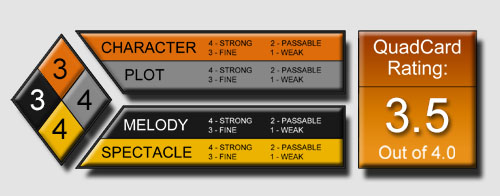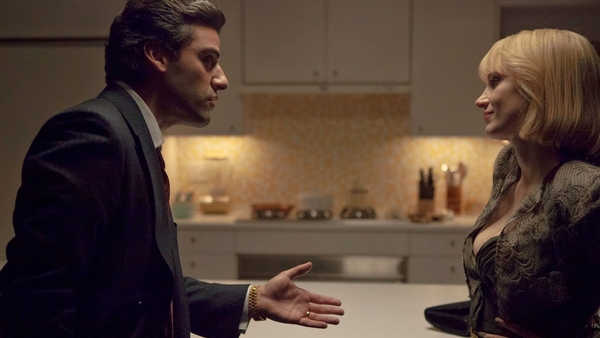Pete Docter has long been a fixture of Pixar, and like he said in his commentary on 2009’s Up (he also reiterates it here as well), “when something is a success, it perpetuates the myth that it came fully formed out of someone’s head“. He wants everyone to know, that is so not the case. In a meta way, Inside Out is a filmic representation of how the studio tries to find the story through experiences, rather than create it.
At the animation powerhouse, there’s no genius locked away in an ivory tower who comes up with all three acts of the story perfectly. Nor does the production team go on auto pilot once the plot points are established. The process of filmmaking is tough, but the end result is immensely enjoyable and worth the rigors to get there. And to fans of Monsters, Inc., and Up, Docter did not let any one of you down. Inside Out is insanely inventive, endearing, and entertaining…and that’s just the first 10 minutes.
Pete Docter looks for the heart and emotion in his films, whether it’s Mike and Sulley, Carl and Russell, and now, the emotions of your mind, specifically Joy and Sadness. The story focuses on the dynamic between the emotions in your head, and how they affect your memories, and shape you as a person. Just that idea alone makes this film endlessly fascinating.
Any one emotion can be mixed with others, and it is that connection which shows how humans, by virtue of their relationships with people, places, and experiences, are more than just one-note. It may be easy to break down our responses to daily stimulus into the film’s five protagonists – Anger, Disgust, Fear, Sadness, and, ultimately, Joy – but the story is an adventure inside the mind of 12 year old Riley, so they are really just passengers, even if they’re really the ones doing all the work.
Despite the colorful outer layer, this can be some really heady stuff. Further, it’s easy to dive deep into the rabbit hole of how all these intangible parts of the human mind make us who we are, but the story stays focused on satisfying and emotional arcs. The voice talent is nearly as predictable and stereotypical as you might expect (Lewis Black, for instance, being the most notable as Anger – big surprise right?), but the studio draws on people who are able to elevate what’s written on paper. They each make it better than the script doctors anticipated.
The characters in Riley’s mind look and act how we as people might perceive them, but the real ingenuity from the film comes from how they process and record Riley’s memories. That’s honestly the most interesting aspect to the world Docter has created. Riley is first shown as a baby, but ultimately, her interactions become core memories which contribute to the type of person she will be growing up. It’s fascinating, if fictionalized, but the story has based most of what we see on the science behind memories – vivid, subconscious, or forgotten (even imaginary friends).
The film is an exercise in the impossible in that the Pixar team attempted to caricature and give a tangible presence to an unmapped frontier like the human mind; if anyone could do it, it would be this lot. In fact, the hefty special features show how exhausting the process was – they are not afraid to jettison an idea if it ain’t working, no matter how far into development they may be. But hey, that’s the Pixar process.
G-S-T RULING:
It wouldn’t be a Pete Docter film (or a Pixar project) if Michael Giacchino wasn’t there to lend his beautiful themes such a heartwarming story. Giacchino has true a knack for crafting heartfelt tunes with the simplest of piano keys. Things do get bouncy and fun, as expected, but the core of the story are the first couple notes you hear which are then peppered throughout the film. So while we can’t bring back forgotten memories or actually interact with these endearing elements of our psyche, Inside Out is still one wonderfully fun adventure, inside and out!




